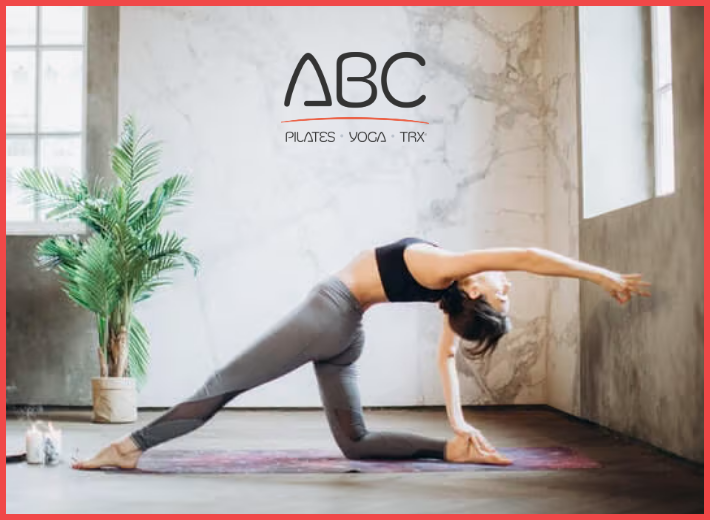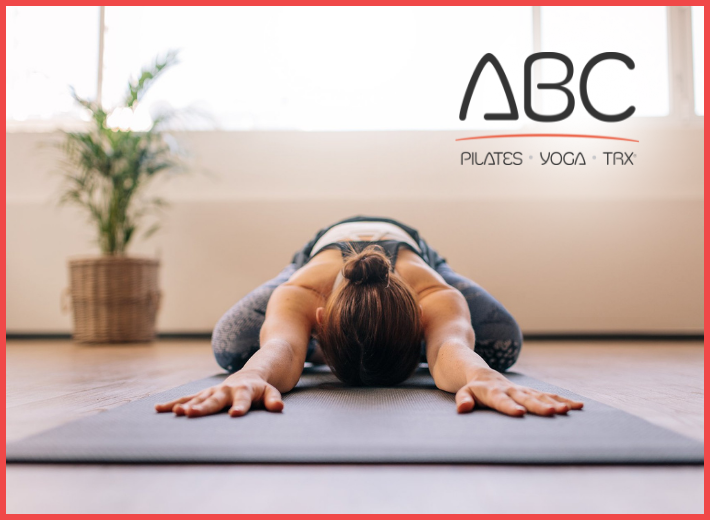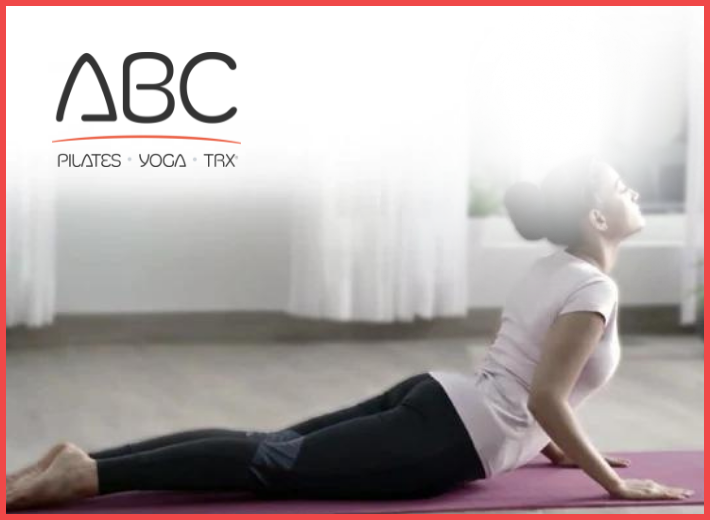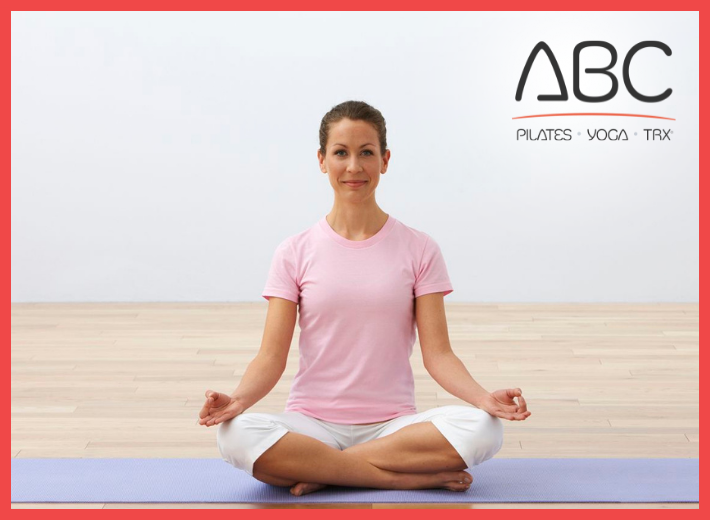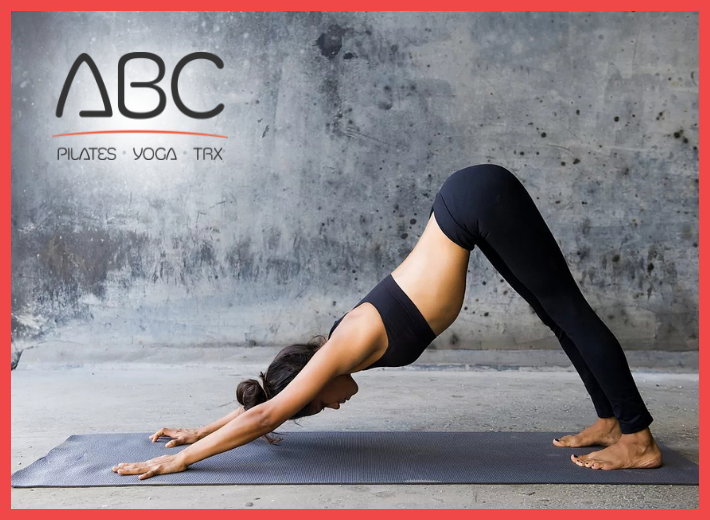
Feeling angry is a natural and common human emotion, but finding healthy ways to manage and release that anger is essential for our overall well-being. Exercise has long been recognized as a powerful tool for reducing stress and improving mood, and it can also serve as a valuable outlet for anger. Learn all the benefits our yoga, pilates, and Zumba classes offer to improve your mood!
Anger is a normal, healthy emotion that everyone experiences at some time. Underlying emotions, such as sadness, fear, or guilt, may also be expressed as anger. During times of stress, we may experience anger more often than is typical.
Anger becomes problematic when it becomes unmanageable. Some people exercise to manage their emotions and frustrations.
The Effects of Anger on the Body
Researchers define anger as an emotional state that consists of feelings that vary in intensity from mild irritation or annoyance to intense fury. There are two types of anger:
- Constructive anger: Anger that can help you to solve problems and can have a protective component
- Destructive anger: Anger used to justify feelings or to intensify a state of anger
Even though anger can be a healthy emotion, it can take a toll on the body. Those who practice Buddhism refer to anger as one of the three poisons of the mind (along with greed and foolishness).
Through its impact on the sympathetic nervous system, anger has been shown to have a positive association with atherosclerosis or coronary heart disease. And negative emotions, including anger, have also been included as a causal factor for bulimic behavior. Anger has been associated with developing type 2 diabetes and with an increased risk of road accidents.
On the other hand, exercise has been associated with a decreased risk of many diseases, including type 2 diabetes and heart disease. Exercise has also been shown to increase one’s emotional resilience to acute stress. So when you experience anger, physical exercise may be a positive way to relieve some tension.
Types of Workouts to Manage Anger
Exercise is a great solution in theory, but some people may have difficulty giving their energy to a workout when anger is consuming them. There are different ways to approach movement when you are cross or annoyed.
- Some people might prefer to release their anger with explosive movements, such as boxing, circuit training, or dancing.
- Others might prefer to calm their breathing and reduce their heart rate with mind-body exercises, such as yoga, Tai Chi, or meditation.
- Some may even prefer a combination of both, such as hiking in nature.
It may also be the case that what works on one occasion is less effective during another event. So try to be open-minded and try different exercises to calm your mood.
Sweat It Out

Since aerobic activity has specifically been called out by researchers as a way to reduce anger expression in both children5 and adults, you might want to get your sweat on to calm your nerves. Activities like rowing and treadmill running have been associated with lowered anger, dejection, and anxiety.
You might want to try one of these workouts the next time you need to release frustration:
- 3 Rowing Workouts to Mix Up Your Routine
- 4 Quick and Effective Treadmill Workouts
- 30 Minute Treadmill Workout
- Hill Workouts on the Treadmill Using Incline
You might also want to try to redirect your focus. The following types of workouts, in particular, help you to concentrate on various movement challenges so that your focus may be directed away from the source of your anger, at least temporarily.
Boxing
Boxing workouts force you to focus on specific punch and jab combinations. A boxing workout engages the whole body, burns calories, and builds strength, especially in the upper body. There are many boxing studios and gyms (such as Rumble or Mayweather Boxing + Fitness), and many of them also provide apps that allow you to work out at home if you can’t get to one of their locations.
If you want to box at home using equipment that boxers use, consider Fightcamp. This complete boxing system includes a free-standing bag that you can hit or kick during trainer-led workouts provided on an app.
Another option is Liteboxer, a tall punch pad that is connected to a platform on which you stand. The punch pad has six targets that light up, indicating where to hit. Liteboxer syncs lights with music tempo and guides you through trainer-led workouts provided on the app. The immersive experience lets you release stress, but forces you to focus on complex combinations while having fun and burning calories.
Of course, you don’t need to spend a lot of money to box at home. You can purchase gloves and other boxing gear, then use a boxing app on your smartphone. Apps like Precision Boxing Coach or PunchLab allow you to box wherever and whenever you have your smartphone.
Jumping Rope
Another high-intensity workout that requires focus and concentration is jumping rope. The beauty of this exercise is that you’ll increase your heart rate quickly and burn calories fast. It also requires very little equipment. You can buy an inexpensive rope for less than $15 or get a complete system (like CrossRope) that includes weighted ropes and app-based workouts.
A jump rope workout can include moves like the double foot jump, running step, high step, or double unders that force you to take your mind off the anger to coordinate your feet.
Circuit Training
The great thing about a circuit workout is that it keeps you moving. You move from station to station and work different body parts for short segments of time, so there’s little time to think about whatever is causing you to feel angry.
To do a circuit at home, you may need some basic equipment like dumbbells, kettlebells, or resistance bands. Or you might try a total bodyweight circuit and just use your own body to build strength and get your sweat on.
- Circuit-Training Workout for Beginners
- High-Intensity Circuit Training (HICT) Workouts
- Quick and Dirty Strength and Cardio Circuit Workout
- Weights and Cardio Circuit Training Program
Ohm It Out
Mind-body practices, like Tai Chi Chuan and yoga, have been shown to help lower blood pressure. In fact, one study that compared yoga to walking found that yoga was more effective at improving mood and decreasing anxiety than hitting the pavement. So if you are looking at a way to calm yourself when feeling angry, you might want to consider one of these practices.
Yoga
There are many different styles of yoga that you might consider trying when you feel you need some relief from anger.
- Hatha yoga tends to be slower and more gentle.
- Power yoga and vinyasa yoga, on the other hand, move more quickly and offer a more intense workout.
- Bikram yoga is practiced in a heated room which can challenge you to focus on specific postures for the duration of the 90-minute class.
There is even a type of yoga designed for those who want to express their anger. You can practice Rage Yoga at studios around the U.S. and Canada, or you can take a class online.
Instructors are specifically trained in this practice, and classes may include holding poses while swearing. In a YouTube video, founder Lindsay Istace says that she created the practice to become an “empowered badass” and help others seeking the same goal through movement.
Regardless of the practice you choose, if you’re doing yoga at home, you simply need a yoga mat and some space. Take an online class, use a yoga app, or try one of these yoga sequences:
- 10 Simple Yoga Exercises to Stretch and Strengthen
- 15 Minute CorePower Yoga Flow At Home
- Beginning Yoga Workout for Men
- Classic Standing Yoga Poses Flow
- Relax and Stretch With This Soothing Yoga Workout
Tai Chi
Tai chi is actually a martial art that originated in China, but it is not the type where you are aggressive. Instead, it is a series of self-meditation and flowing movements. The slow pace of the movement may help calm your temper and bring your heart rate down if you find that you are charged up and angry.
There are different types of tai chi, but if you are just getting started, there are online tai chi classes and smartphone apps that can help. The Tai Chi Foundation also provides several instructional videos and can help you find a class in your area.
Meditation
While meditation is not necessarily a workout, the practice of meditation is certainly an exercise in self-healing that can help you learn to focus attention and awareness for mental clarity. Mindful meditation has been shown to reduce stress and aggression in adolescents.
Meditation doesn’t require that you take a class, but you may want to look online, read a book, or use an app to help you get started. For example, Headspace offers guidance online and on their smartphone app. Calm is also a popular app that can guide your practice. There are also free apps like Smiling Mind and MyLife to get you started.
Walk It Out
Walking offers a wide range of health benefits, including better cardiovascular health and a reduced risk of some chronic diseases, such as type 2 diabetes. Walking may also be a great way to release anger.
One study found that a single bout of walking (just 10 minutes) may reduce hostility and anger in young adults, although not to a statistically significant degree.14 Another study showed that reaching 10,000 steps per day resulted in lower levels of reported anger, along with reduced anxiety, depression, fatigue, confusion, and total mood distress in 35 overweight participants who took part in a 12-week walking program.
Walking Workouts
Grab a friend and go for a walk the next time that you feel frustrated or spent. Or take a walk and enjoy the alone time. Be sure that you are properly outfitted with appropriate shoes and walking apparel to avoid blisters or weather-related snafus.
You may also want to try one of these outdoor or treadmill walking workouts:
- 20-Minute Brisk Walking Workout
- Interval Walking for Weight Loss
- Treadmill Walking Workouts
- Weekly Walking Workouts
Hiking
Getting outside and tackling rougher terrain through forests, deserts, or mountainous ridges is a great way to release stress and anger. Studies have shown that exposure to nature can have a real effect on your body.
Groove It Out
Dance has been used for thousands of years to celebrate life, honor traditions, demonstrate joy, and sometimes express anger. The practice of dance movement therapy, while not widely studied, has been used in cancer patients successfully to address feelings of isolation, depression, anger, and fear.
There are also other ways to let your body move and groove. Whether you have a few minutes or an hour, you can move your body with breath, affirmations, or rhythm to release some anger.
Meditative Movements
Meditative Movement is a program lasting just two to four minutes where you pair simple everyday movements (like walking) with empowering affirmations like “I can.” This type of exercise isn’t likely to get you sweaty, so it is helpful if you find yourself needing to manage anger at work or in a setting where you only have a few moments.
In a small study of this program, 49 participants with a chronic health condition received five training sessions in Meditative Movements over a 7-week trial. At the end of the study and during a later follow-up, participants reported improvements in symptoms of anxiety, depression, fatigue, and emotional well-being. When asked what was most beneficial about the program, a common response was “less negative attitude.”
Dance It Out (DIO)
Dance It Out, sometimes just called DIO, is a class created by Billy Blanks Jr. that includes over 20 styles of dance in a non-judgmental, supportive environment. Students of all fitness levels, ages, shapes, and sizes release stress and get fit with creative and fun movement. There are also adaptive classes for dancers with disabilities or in wheelchairs.
Blanks hosts a Dance It Out shows on Lifetime that includes interviews with inspirational people who have overcome challenges, but you can also find classes by certified DIO instructors in a few studios around the U.S. or in Japan. For those who can’t take a class in a studio, you can also take classes online.
Boost your mood and experience the transformative benefits of our dynamic workouts at ABC Fit Studio! Don’t let anger hold you back – unleash your strength and resilience with us. Call us at (949) 305-3310 and visit our Instagram @abc_fitstudio for inspiration and community.
Reference: [https://www.verywellfit.com/the-best-exercises-for-when-you-re-feeling-angry-5120367]


